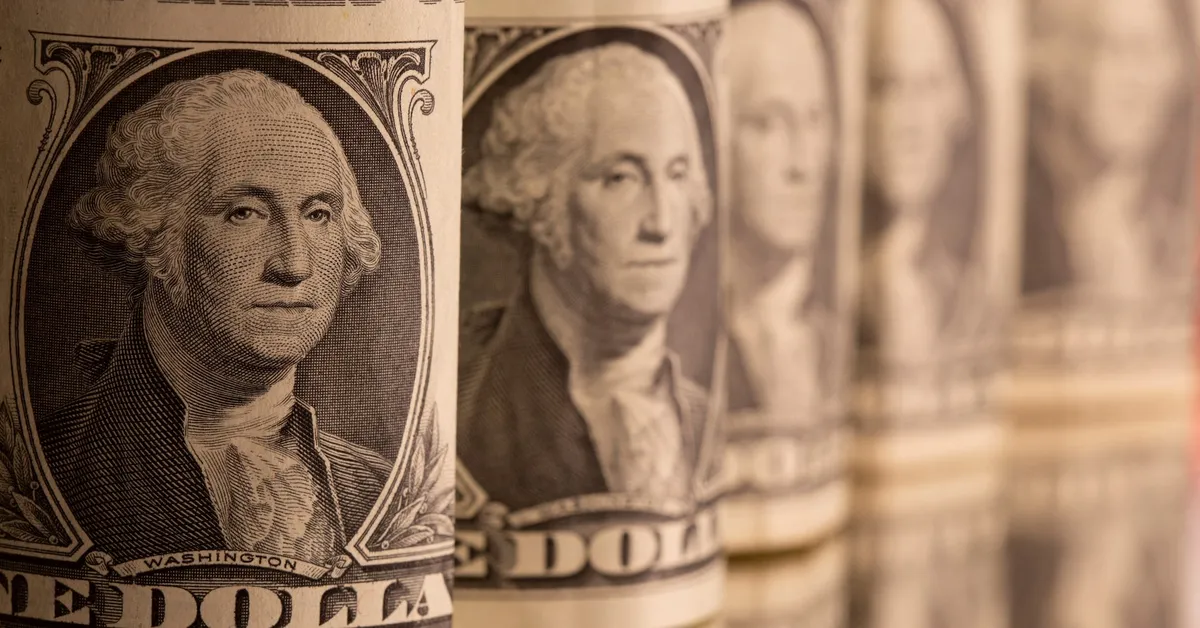
NEW YORK, Feb 12 (Reuters) - The U.S. dollar surged on Wednesday following data indicating a more substantial rise in consumer prices than economists had anticipated for January. This development increases the likelihood that the Federal Reserve will maintain high interest rates for an extended period as it strives to mitigate price pressures.
The headline consumer price index (CPI) increased by 0.5% in January, with the core index rising by 0.4%. Both indices were initially expected to rise by only 0.3%. As a result, the headline CPI gains reached 3.0% year-over-year, exceeding expectations of a 2.9% increase. Core prices rose at an annual rate of 3.3%, surpassing the anticipated 3.1% rise.
Adam Button, chief currency analyst at ForexLive in Toronto, noted that irrespective of the reasons behind this upside surprise, the Federal Reserve has clearly stated that it will not reduce rates until inflation approaches 2%. "Whether it's one-offs due to eggs or the fire in California, the prospect of hitting 2% inflation this year, when we start the year with 0.5%, is greatly diminished,” Button added.
The dollar index was last observed to be up by 0.48% on the day, reaching 108.45. Concurrently, the euro fell by 0.32% to $1.0327. Against the Japanese yen, the dollar strengthened by 1.25%, reaching 154.39 yen. Interest rate futures traders are now factoring in 28 basis points of cuts by December, a reduction from the 37 basis points anticipated before the data, which implies only one 25-basis-point cut for the year.
Fed Chair Jerome Powell stated on Tuesday that the U.S. central bank was not in a hurry to lower its short-term interest rate again. He highlighted the strength of the U.S. economy, emphasizing low unemployment and inflation above the Fed's 2% target. Powell made these remarks during his testimony before the Senate Banking, Housing, and Urban Affairs Committee and is set to testify before the House Financial Services Committee on Wednesday.
Traders are also keeping a close watch on tariffs proposed by the Donald Trump administration, which some analysts fear could exacerbate price pressures if implemented. Trump's trade advisers were finalizing plans on Wednesday for the reciprocal tariffs the U.S. president has promised to impose on every country that levies duties on U.S. imports.
In a separate development, trade ministers of the 27-country European Union were scheduled to meet via video conference to decide their response after European Commission President Ursula von der Leyen declared that tariff actions against the bloc would not go unanswered. Trump also plans to increase tariffs on steel and aluminum imports to 25%, effective March 4.
Reporting by Karen Brettell; Editing by Alex Richardson and Emelia Sithole-Matarise.